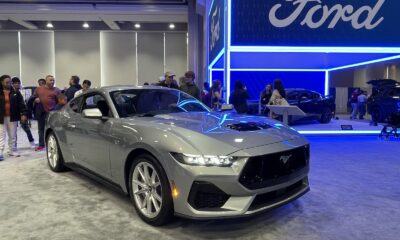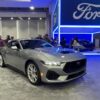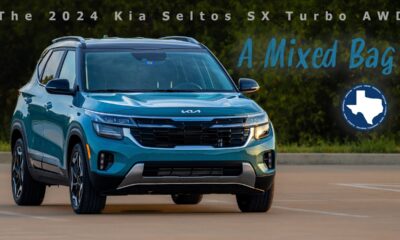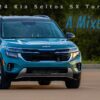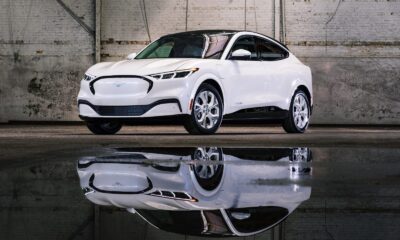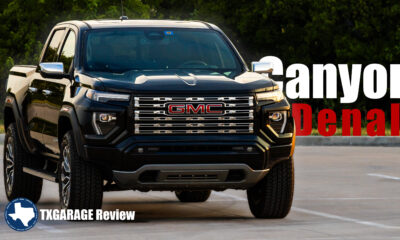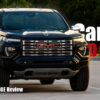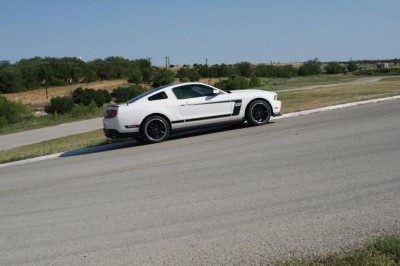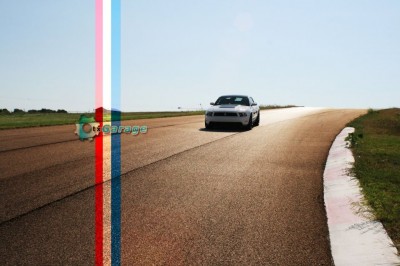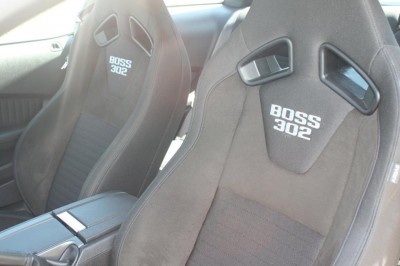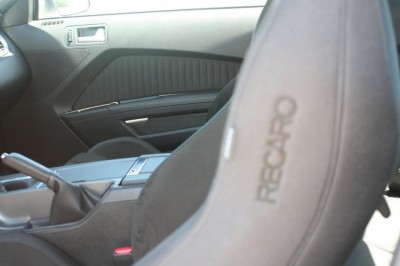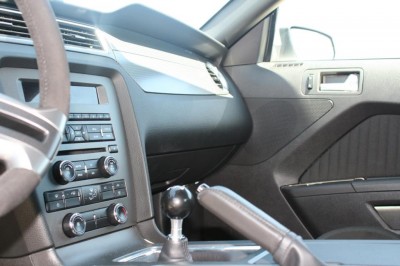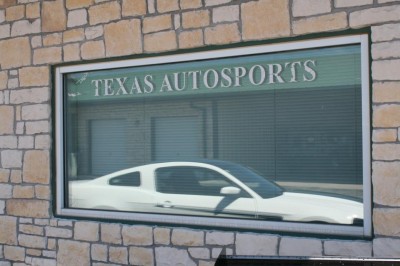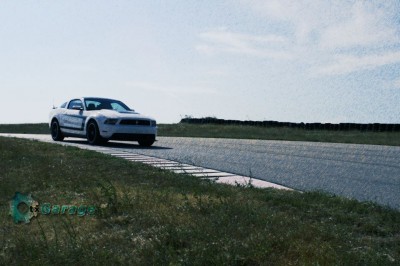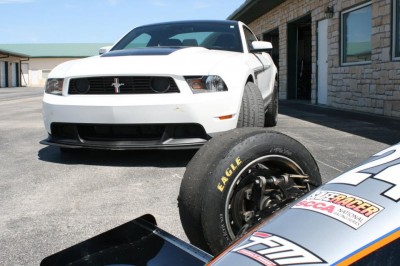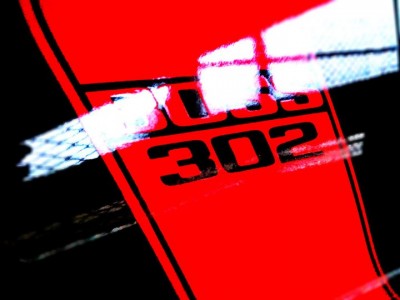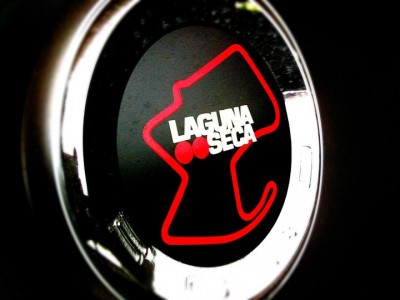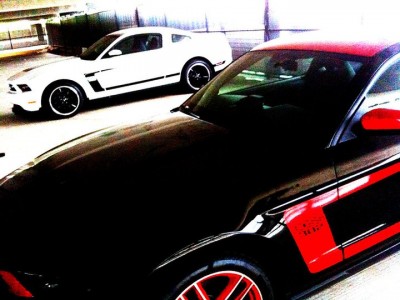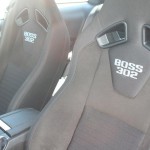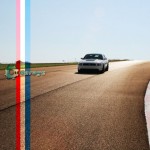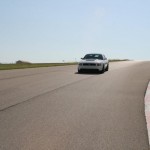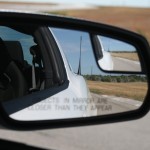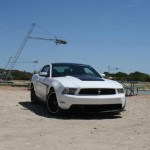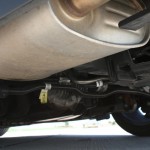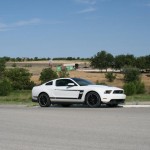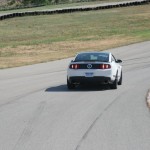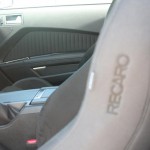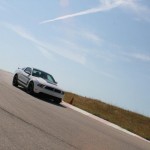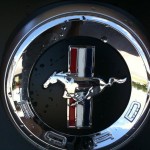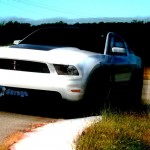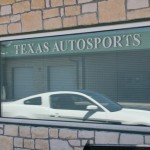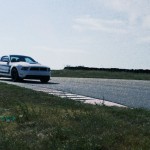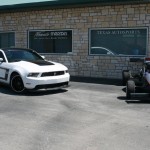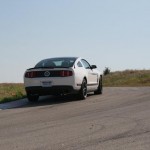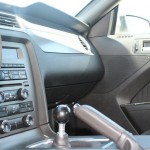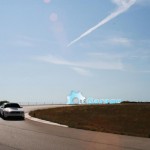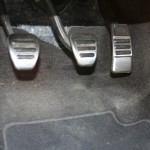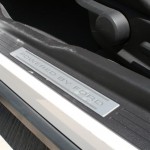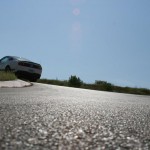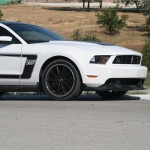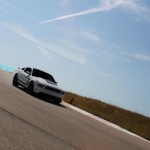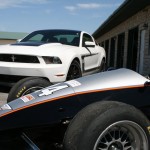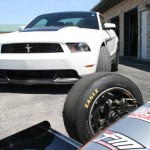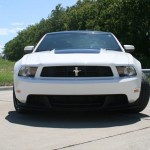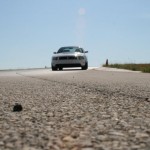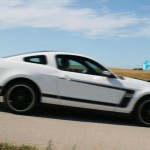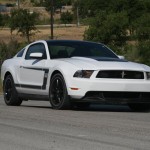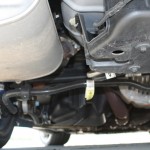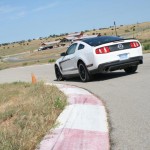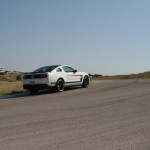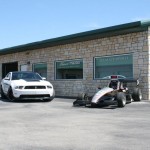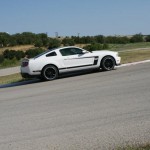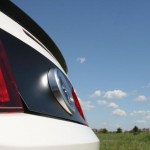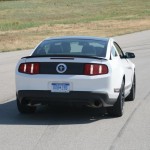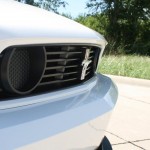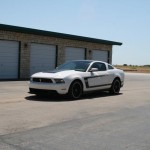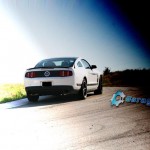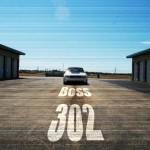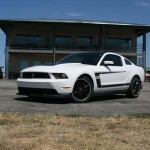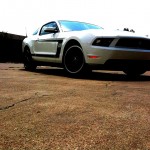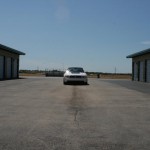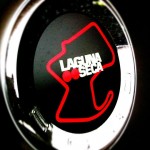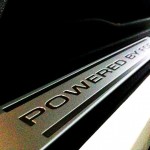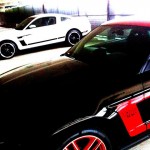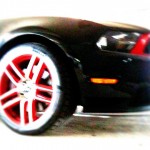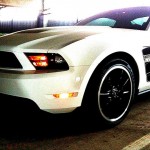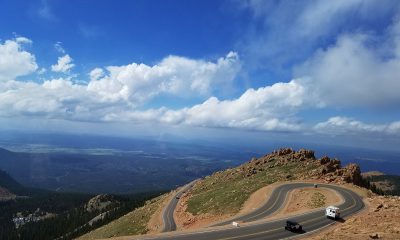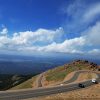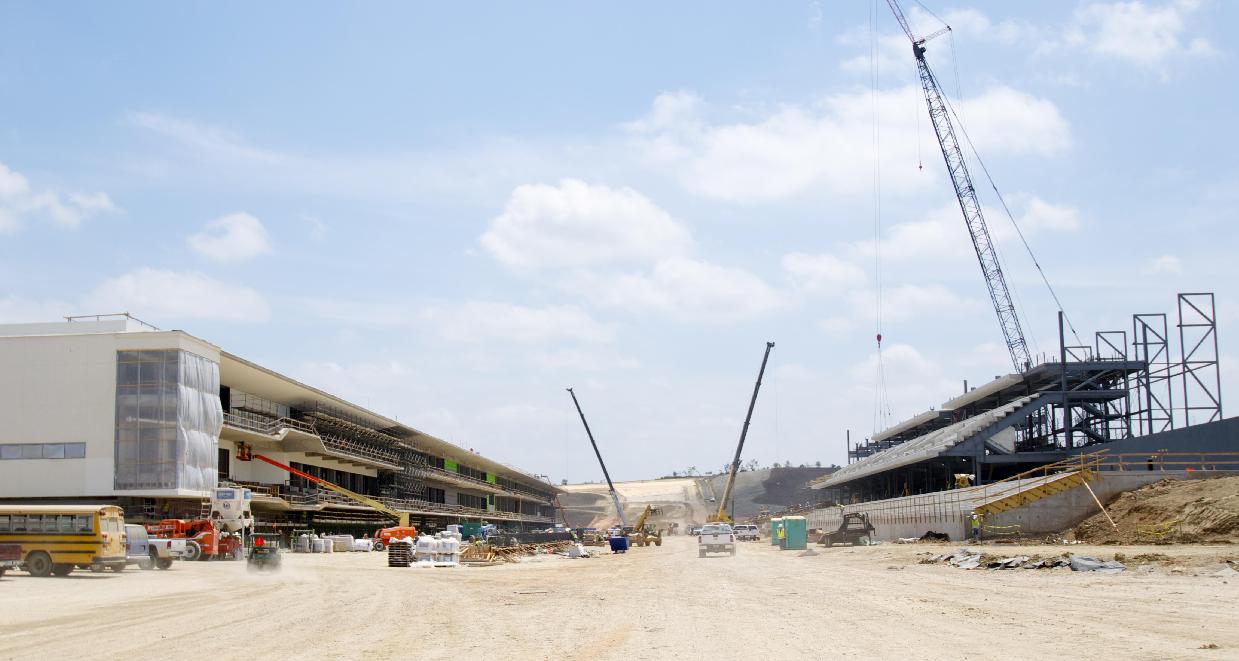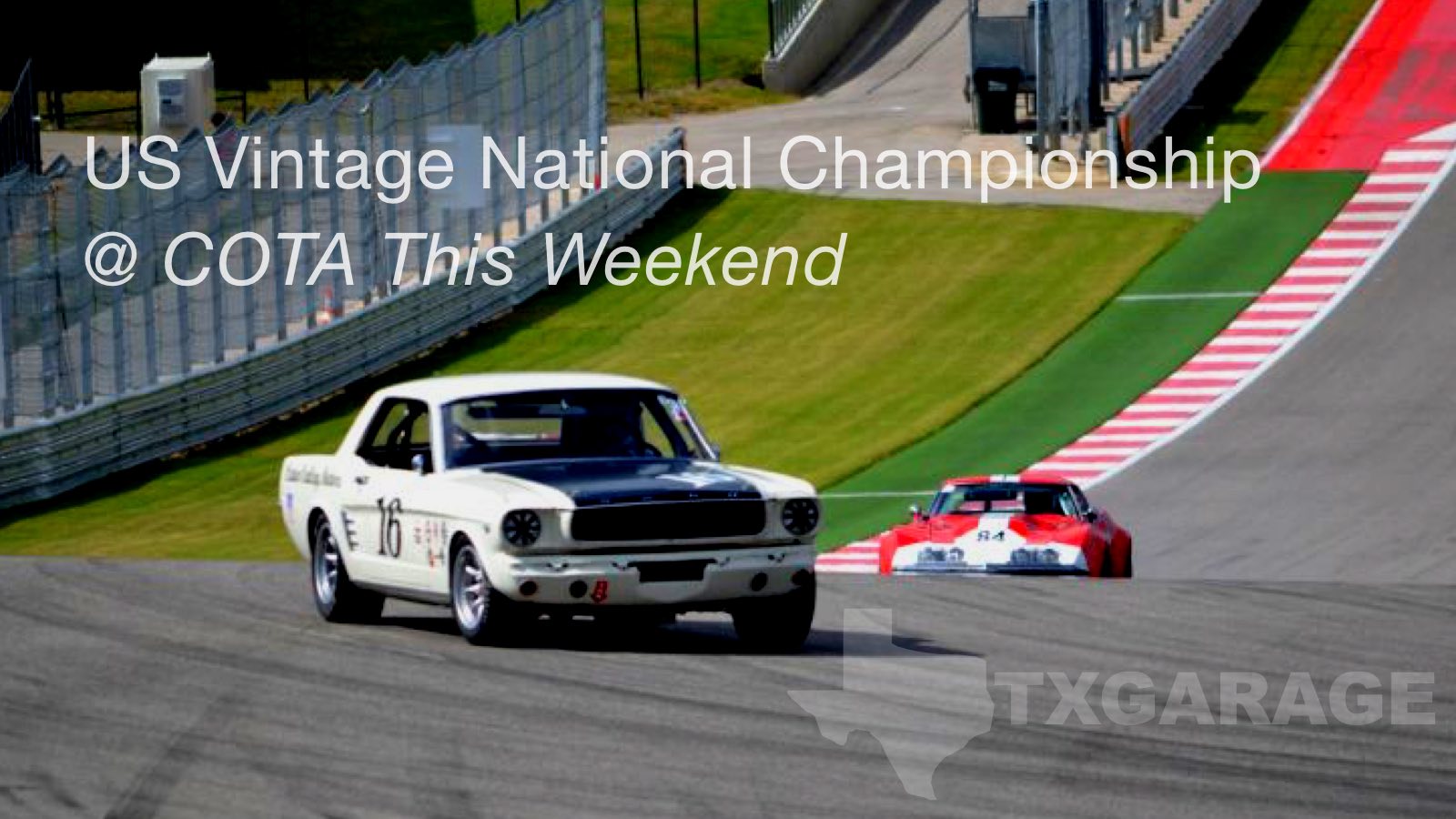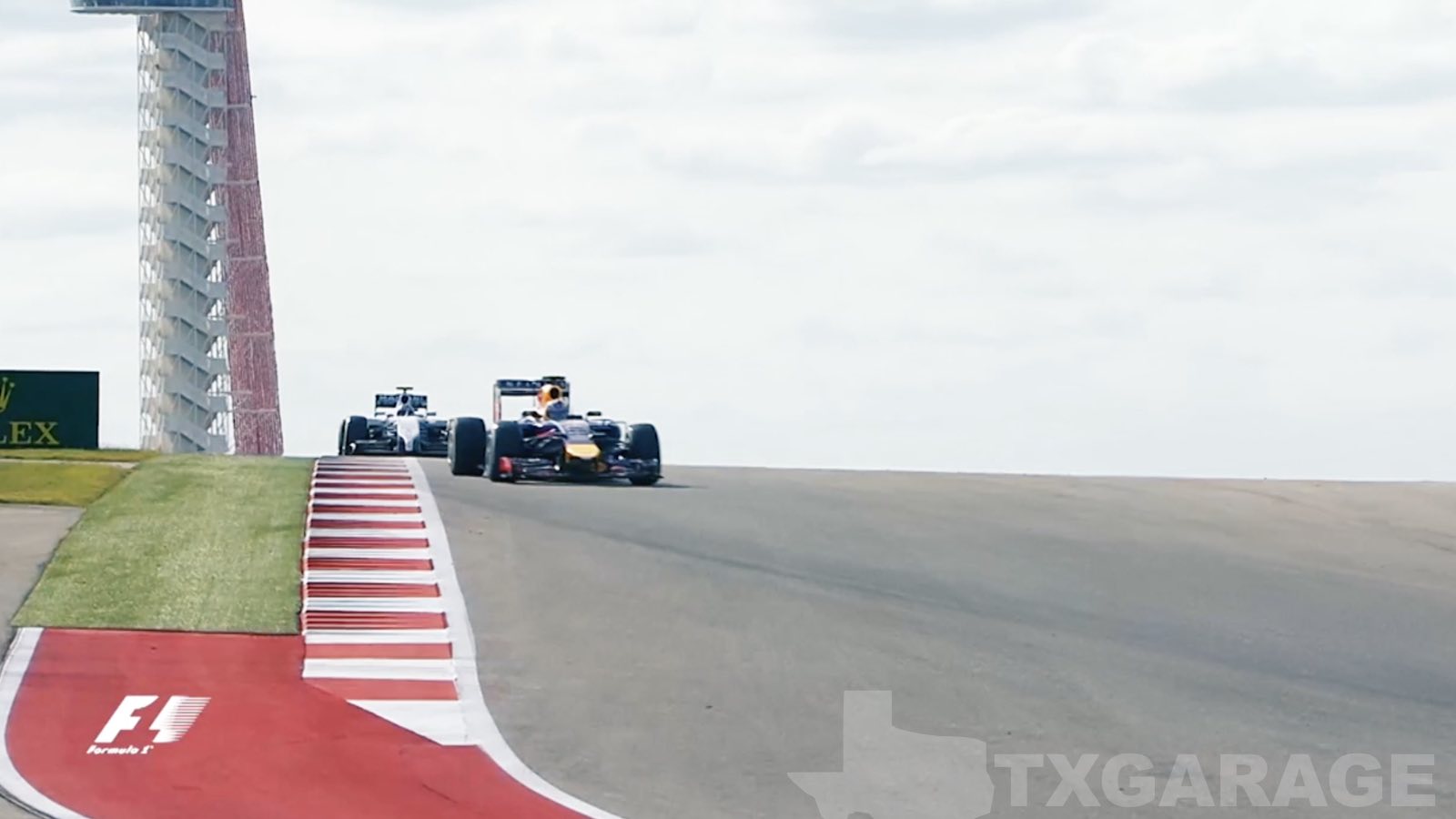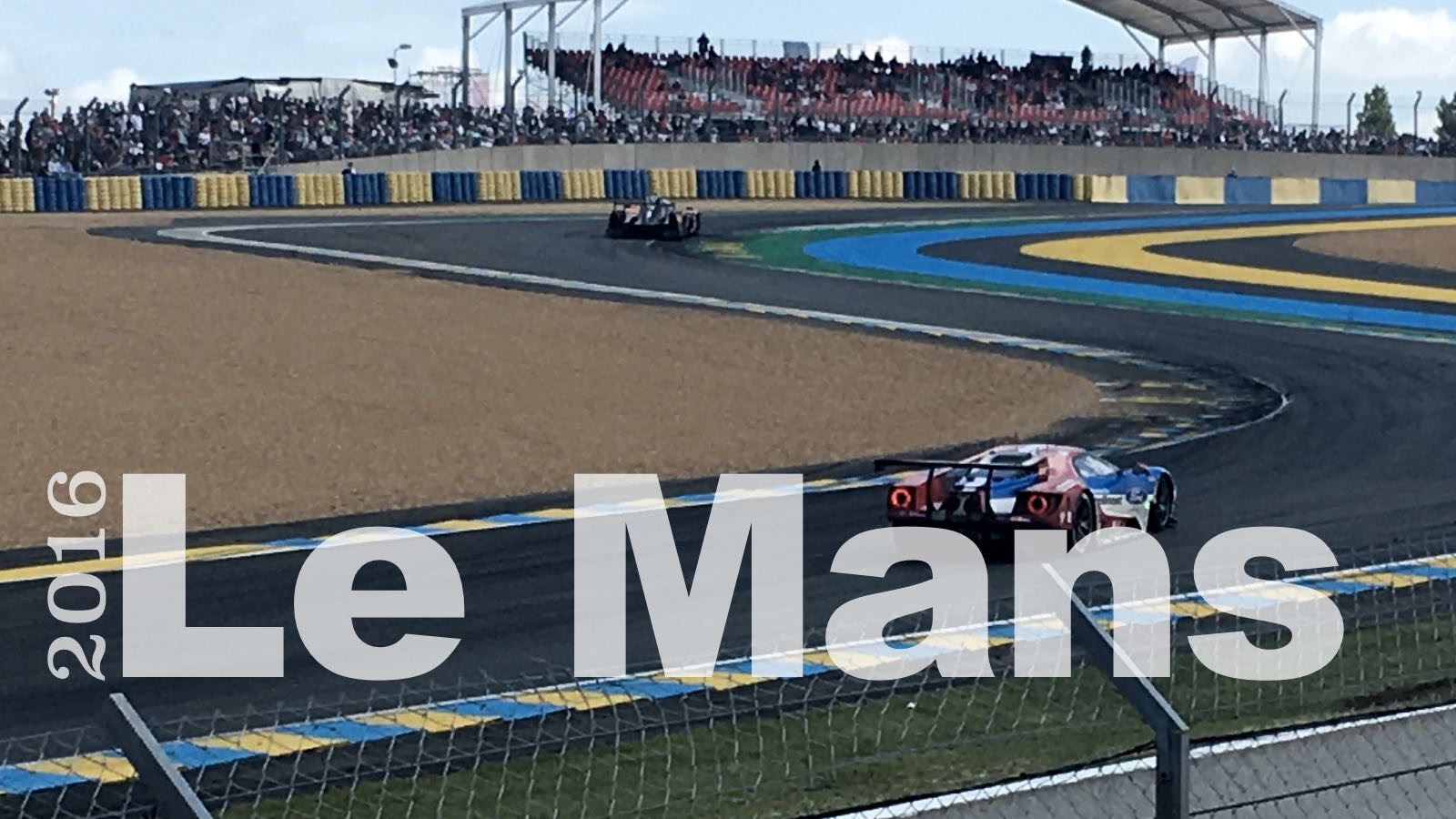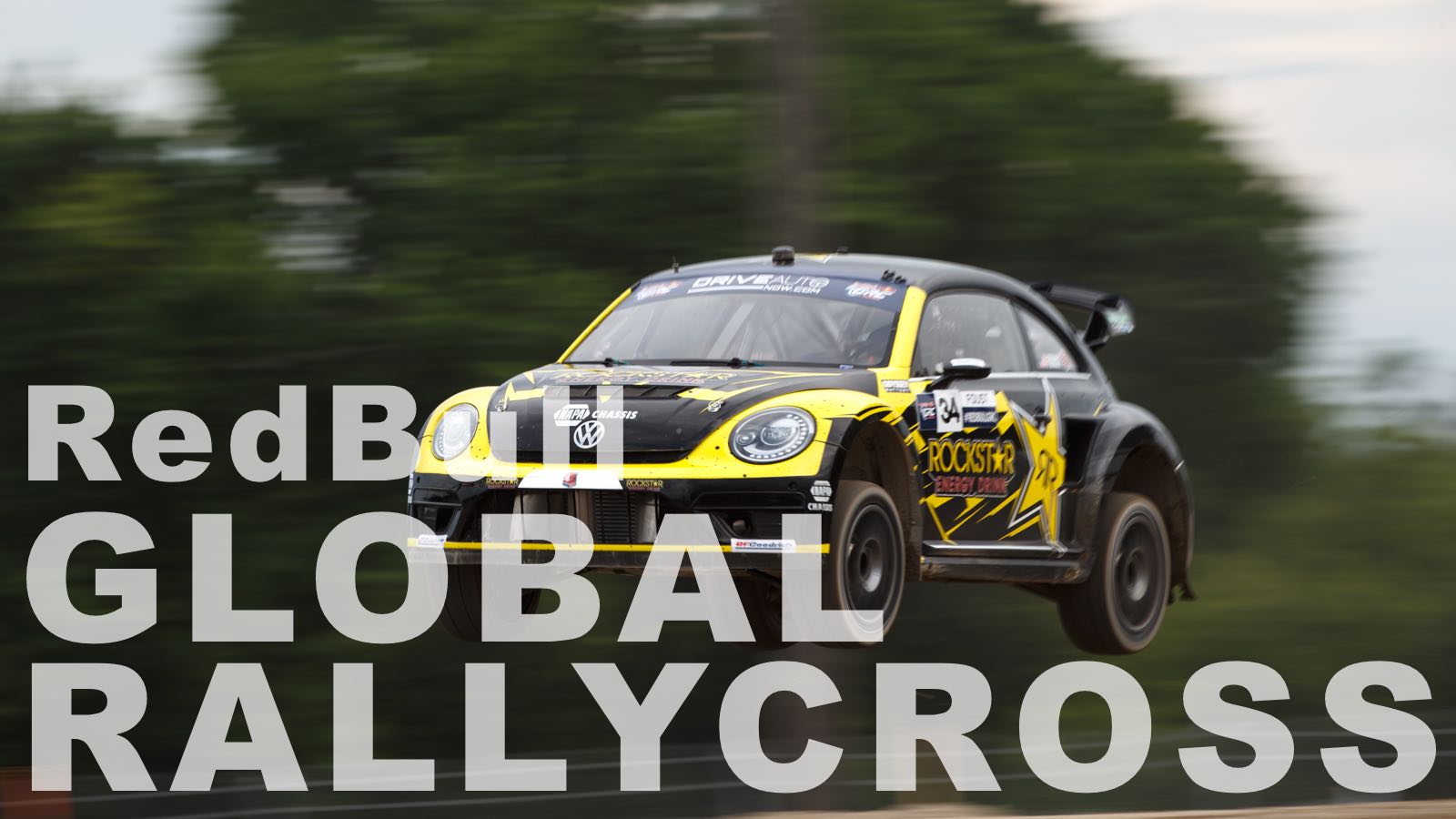Racing
2012 Ford Mustang BOSS 302 review by txGarage
I wasn’t alive in the 60’s and 70’s, a time that most call the golden era of American motorsports. I never had the opportunity to watch the original Boss 302 race in the Trans-Am series and win, yet it’s a car I’ve heard of many times as this American classic certainly has a reputation that precedes it..
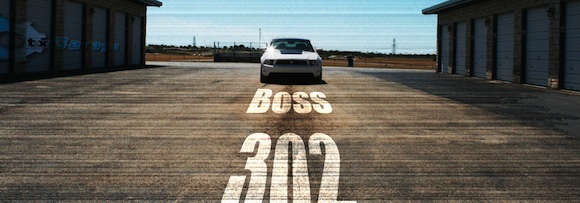
2012 Ford Mustang Boss 302
I wasn’t alive in the 60’s and 70’s, a time that most call the golden era of American motorsports. I never had the opportunity to watch the original Boss 302 race in the Trans-Am series and win, yet it’s a car I’ve heard of many times as this American classic certainly has a reputation that precedes it.
It’s been a long time since the Boss 302 rose to glory, and the Mustang has gone through many changes. When I first heard that Ford was considering bringing the Boss back, I was actually worried. Would it just be another dressed up Mustang with a graphics package and fancy wheels? The only real track worthy Mustang to date has been those branded with a Roush badge, so would this be more of the same?
Ford’s VP of global marketing, Jim Farley, made a pretty bold statement that made me hope for the best. He said “My dream for the car was that it would make a lot of money for a guy street racing. It should be a car that winds up on YouTube doing something illegal. I’ve been waiting 20-plus years to launch a car like this.” Now you see why this statement gave me hope!
Not a nostalgic machine:
On the outside, the Boss is basically a 2012 Mustang. The front grill sports the Mustang pony badge with red, white, and blue stripes behind it. It has a more aggressive and race-inspired front splitter. The graphics are all nostalgia with the iconic C-stripe on each side and black on the hood come straight from the ’69 Boss 302.
We all really liked the overall styling of the Boss. It wasn’t overdone; it’s pretty straight forward and race inspired. We couldn’t agree though on the best color scheme. The Boss only comes in five colors including the Performance White, Race Red, Competition Orange, Kona Blue Metallic, and Yellow Blaze Metallic. I really like the White/Black car we were reviewing while Toby thought the Orange/Black was a better fit. Actually I like pretty much every color scheme I’ve seen on the Boss.
Inside The Beast:
There isn’t much as far as options in the Boss, and that’s a good thing. You can’t get a sat-nav with SYNC and you can’t get heated/electric/leather seats. The option that is available, and you’ll want to get, are the Recoro seats. These are heavily bolstered, but incredibly comfortable!
The rest of the interior is your basic Mustang, which isn’t as bad as it used to be. A few track-themed items are scattered around you including an Alcantara steering-wheel, a retro cue-ball shifter, black gauges with a tach that stretches to 9,000 rpm, and some “Powered by Ford” door plates.
It’s a basic, business only interior and we loved it!
Powering the Boss:
The Boss 302 carries around the 5.0 liter engine like the current GT Mustang. For those of you hearing nostalgic numbers, that’s 302 cubic inches. It’s the same engine, yet it’s been tweaked and reworked to push out 32 more horses. This was done with an all new intake manifold with runners resembling velocity stacks, new cylinder heads with stronger alloy, camshafts increased lift, the intake valves grew larger, and the bearings are replaced with race-spec bearings. All this jargon equates to 444 horsepower at 7500 rpm. Yes, that’s 7500 rpm on a Mustang.
Revving the Boss up to 7500 takes a little getting used to. If you are familiar with driving Mustangs, you don’t expect to keep your foot on the throttle that long, but it keeps going. This car doesn’t just push you back in the seat, it rockets you seamlessly to where you need to be. With over a 100 hp disadvantage to the GT500, the Boss is only 0.2 seconds slower 0-60.
The horsepower numbers aren’t the big kicker with the Boss, though. It goes without saying that a 32 hp gain isn’t that substantial, but there’s so much more to this engine and car than peak horsepower.
On the track and on the street:
No matter if you’re on the track or on the street, when you hit a corner, it’s time for this Mustang to shine. One of the first things I noticed when I got behind the wheel of the Boss is how different the steering felt compared to other Mustangs. It was lighter, but not in a bad way. It felt very direct, but made the car feel lighter on it’s feet and much more nimble. The chassis feels overwhelmingly balanced as you don’t get the feeling of a heavy front end like you do in the GT500. This, in turn, inspires confidence in the turns.
To step up the Boss’ suspension, Ford gave it stiffer springs, a fatter stabilizer bar, 5 way adjustable shocks, and new bushings. You ride on top of 19-inch Pirelli P Zero tires which are 9.5-inches wide in the rear. The tires alone give you so much grip that it inspires you even more so.
Getting ready to stop this bad boy are some 4-piston Brembo brakes resting on 14-inch rotors, vented for better cooling. The pads tucked in these Brembos are close to race-spec compound, but give minimal squeal.
Everything about this car came to life once we got it out on the track at Texas Motorsport Ranch. The track is full of elevation changes and tight cornering. The Boss just took it all in and spit it all out. I’ve been out on a few tracks in a few different cars, but this track and this car were definitely the peak of my track driving experience.
Yes, how much:
The price of the Boss isn’t that outrageous. In terms of power and performance, on paper, the Boss falls nicely in between the Mustang GT and the GT500. The price is no different. You can get a base Boss 302 tor $40,995; throw in the Racaro seats and Torsen limited-slip differential and only add another $1,995 to that price. If you are worried about fuel cost, it is a high-performance track-ready car, well don’t be. We easily averaged in the mid 20 mpg range throughout our week of everyday driving. For a weekend racer as competent on the track as the Boss is, that’s quite a bargain. Ford will be producing only 3250 Boss 302s and 750 Laguna Seca editions totalling out at 4000 total examples.
We had this car out at Texas Motorsport Ranch in Cresson, Texas for almost the entire day. The day before they actually delivered a Boss 302 Laguna Seca S to a customer from Houston to this very track. Ford brought the car to the MSR track and had the Ford engineering team tune it and fit it to the driver. While we were there in our review car, we not only received many looks but were told on many occasions how much people loved this car. Those came from Porsche owners and even a guy who just purchased a new GT500 who told us he should have waited and bought one of these. I can see why this car is so popular at the track. It really is more than just a Mustang, it’s a great track car. It’s a Boss 302 through and through.
Video on YouTube:
Check out the full photo gallery of the 2012 Boss 302 on Facebook or Google!
Laguna Seca:
Just a little extra about the Laguna Seca edition. We had the chance to do a Quick Drive review of this car a few months back, but we were not able to get it for a full review. As I stated above, the Laguna Seca is a special edition of the Boss 302 that Ford will only produce 750 examples of total. What makes this better than the standard Boss 302? The Laguna Seca implements the “less is more” attitude. No rear seats, just a fancy tubular-steel X-brace where the seat should be. The front end has an even more aggressive front splitter that looks like it’s taken strait off a Grand-Am car. The springs are refitted with an even higher-rate. The rear wheels are up from 9.5 to 10-inches wide in the rear. You get brake-cooling ducts, an
under-body air scoop, a rear anti-sway bar, and inside the cabin you get extra gauges for oil-pressure and water-temperature. The R-compound Pirelli’s fitted to the Laguna Seca are so slick and track ready that it’s not really advised to drive it in the wet. If you are serious about trackday driving, you can’t go wrong with this car and at a $6995 premium over the standard Boss, the Laguna Seca still comes in way under any other trackday dedicated car out there.
Laguna Seca Photos
- 2012 Ford Mustang BOSS 302 on the track at Texas Motorsport Ranch
- 2012 Ford Mustang BOSS 302 on the track at Texas Motorsport Ranch
- 2012 Ford Mustang BOSS 302 on the track at Texas Motorsport Ranch
- 2012 Ford Mustang BOSS 302 on the track at Texas Motorsport Ranch
- 2012 Ford Mustang BOSS 302 on the track at Texas Motorsport Ranch
- Ford Mustang Boss 302 Laguna Seca – secret spy shot by txGarage




